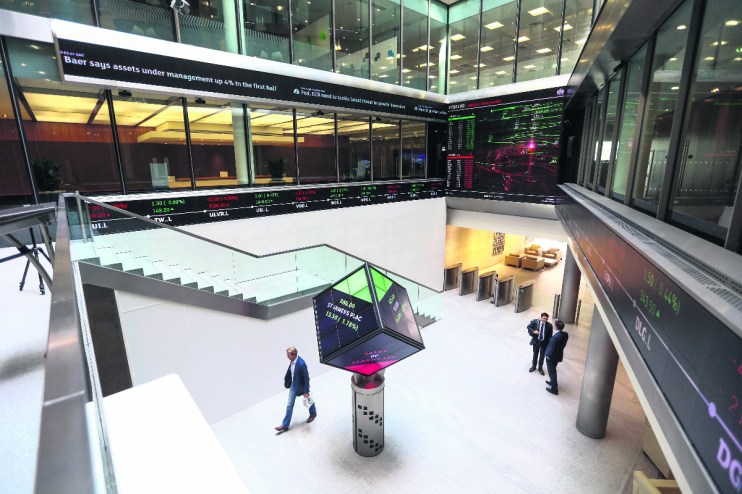Study: Trading updates key for future performance

Trading updates by UK-listed companies are key to predicting future share price movement, a new study has found.
An analysis of 2,699 trading statements published over the last two years by research platform Stockopedia revealed that a five per cent jump on the day of a trading update is a leading indicator of share price returns over the next six months.
“The real magic of trading statements is in their ability to reveal expectation errors – shares that are just priced wrong,” said Stockopedia CEO Ed Croft.
“While these statements are often light on financial information (especially compared to full financial results or annual reports), they tend to kick off a cycle where analysts revise their earnings expectations upwards or downwards.”
By identifying matches to phrases like ‘materially ahead of expectations’, ‘ahead of expectations’, and ‘below expectations’, the research paper found that share prices tend to continue momentum that comes in the weeks and months after a trading statement.
Meanwhile, companies that reported an announcement in one direction (ahead or below) were significantly likely to report another announcement in the same direction following it.
Croft used the example of food manufacturer Greencore, which announced in October 2023 that full-year operating profit would be “ahead of current market expectations,” sending shares jumping 22 per cent.
However, over the next four months, shares slowly drifted upwards a further 30 per cent, and 14 months after the initial trading statements, issued further strong market updates that pushed shares to more than double over 2024.
For stocks with a 15 per cent or more jump on the day, the average return over the next six months (excluding the first day jump) is an additional 14 per cent, the paper calculated.
A similar phenomenon was connected to negative trading updates, with profit warnings causing both an immediate dip and a long-term decline in the company’s share price.